Stretching across picturesque landscapes and historic towns, these ancient pilgrimage routes are part of the prestigious European Cultural Routes network. Thanks to the ongoing care of the European Association of Via Francigena Ways (EAVF) and its partners, the trails remain well-marked and welcoming to travelers from every corner of the world.
Pilgrims who walk at least 100 kilometres along these historic routes can acquire the Testimonium, which is available from the Jubilee InfoPoint located at Via della Conciliazione 7, just steps from St Peter’s Basilica. Further details can be found here.
Slow Travel has its roots in a city more than 600 km from Rome, in Bra, Piedmont, where the Slow Food movement was born in the 1980s, ignited the wider slow living and slow travel movement as we know it today.
The Slow Food movement has grown into a worldwide network that promotes mindful consumer habits and the protection of traditional agriculture. Its principles emphasize seasonal, fair, and sustainable food, alongside healthier eating choices. By supporting small-scale producers and standing against mass overproduction and industrial food chains, it continues to advocate for a more balanced system. Today, Slow Food is represented in over 160 countries, engaging millions of participants and ambassadors across the globe.
Carlo Petrini, born in Bra in Northern Italy, is the visionary behind the Slow Food movement and serves as president of the international organization. His motivation stemmed from a growing concern that mass supermarkets and the rise of fast food were eroding the vital bond between producers and consumers.
Two key episodes in 1986 pushed Petrini to act. The first, often remembered as the spark for Slow Food, was the proposed opening of a McDonald’s in Rome’s iconic Piazza di Spagna. While crowds gathered to protest, Petrini chose a different path: rather than resist with slogans, he sought to safeguard Italy’s culinary heritage by highlighting the risks of losing it.
The second catalyst was a tragic scandal involving low-cost wine tainted with methanol, which caused 19 deaths and numerous poisonings. The incident shook public confidence, causing Italian wine exports to collapse by over a third. For Petrini, it reinforced the urgency of protecting food traditions, not only as a matter of cultural pride, but also as a safeguard for the country’s economy.


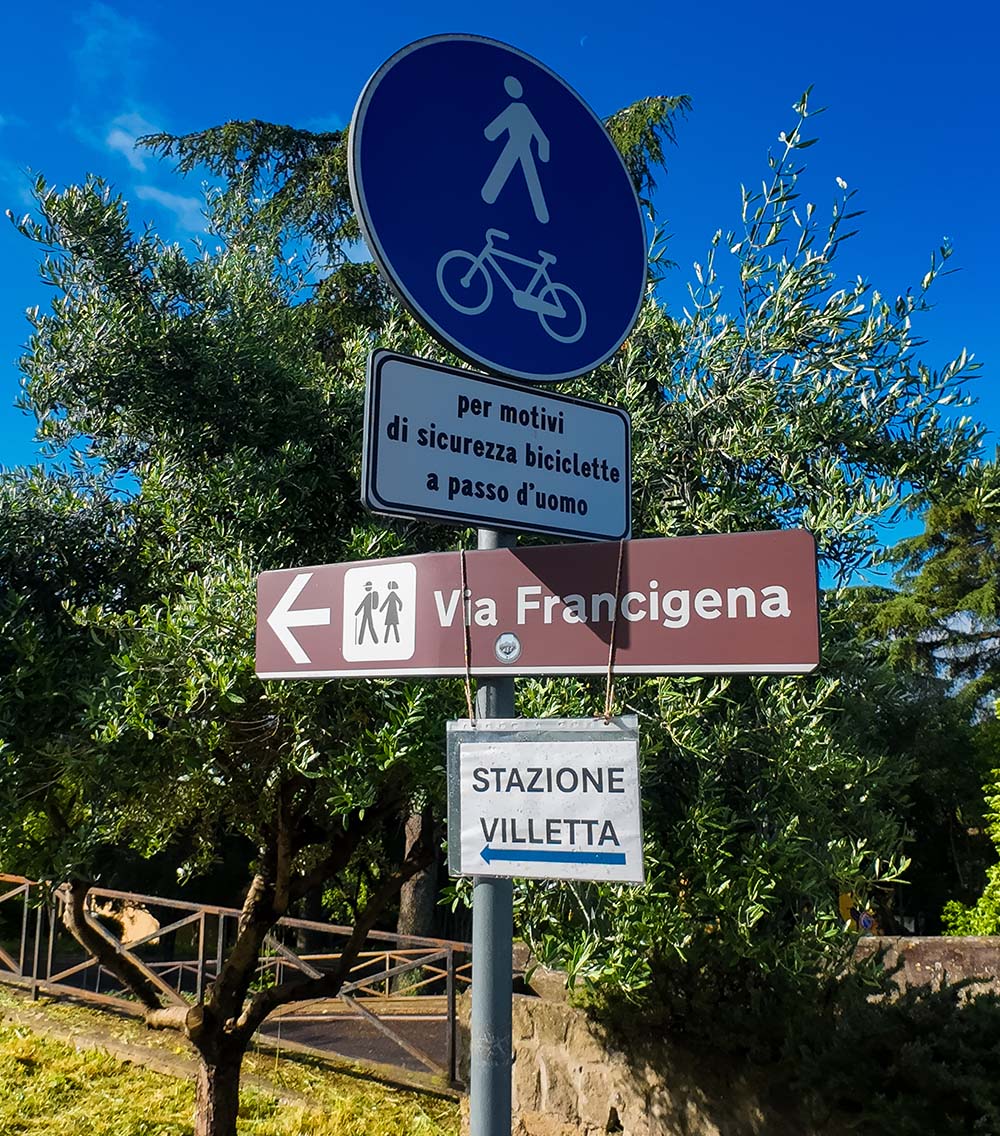
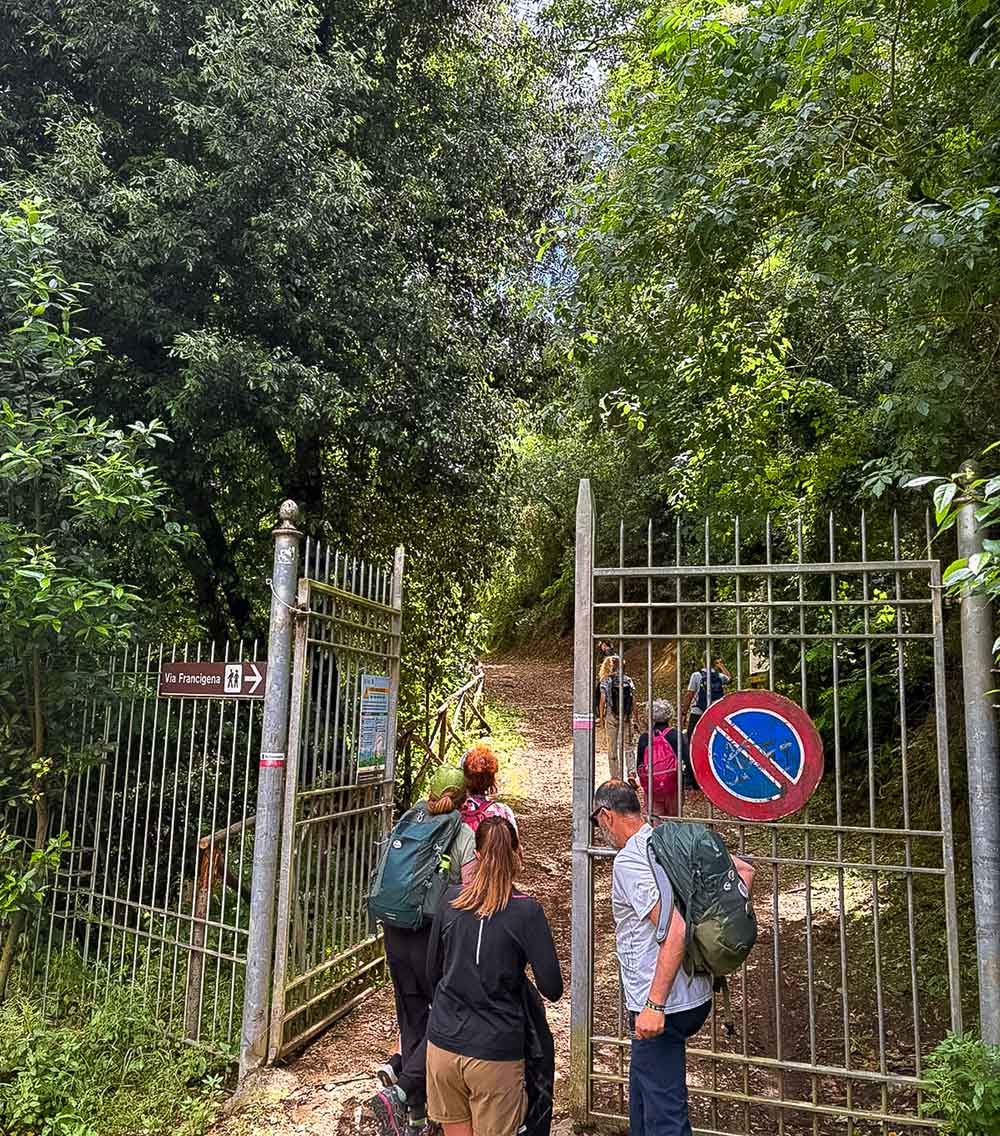
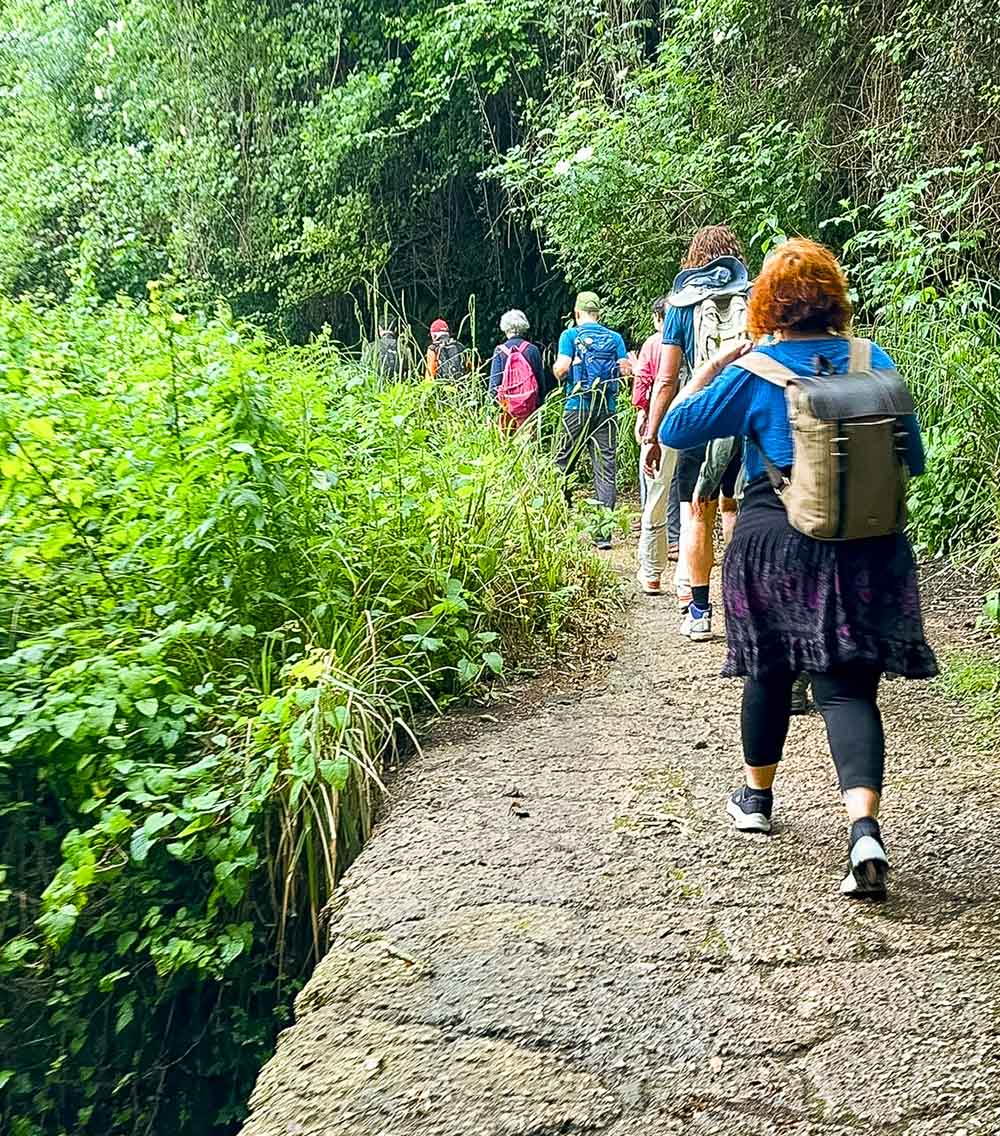
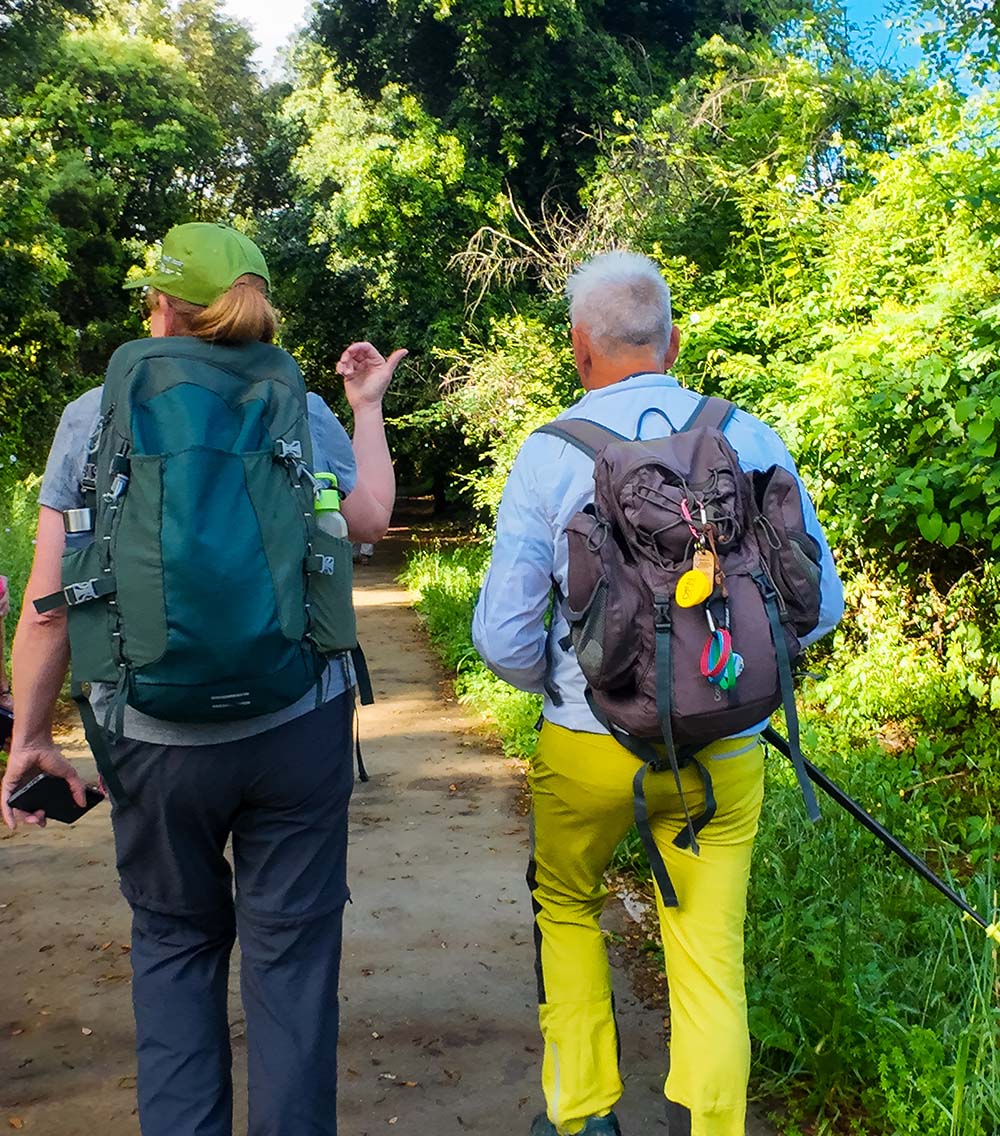
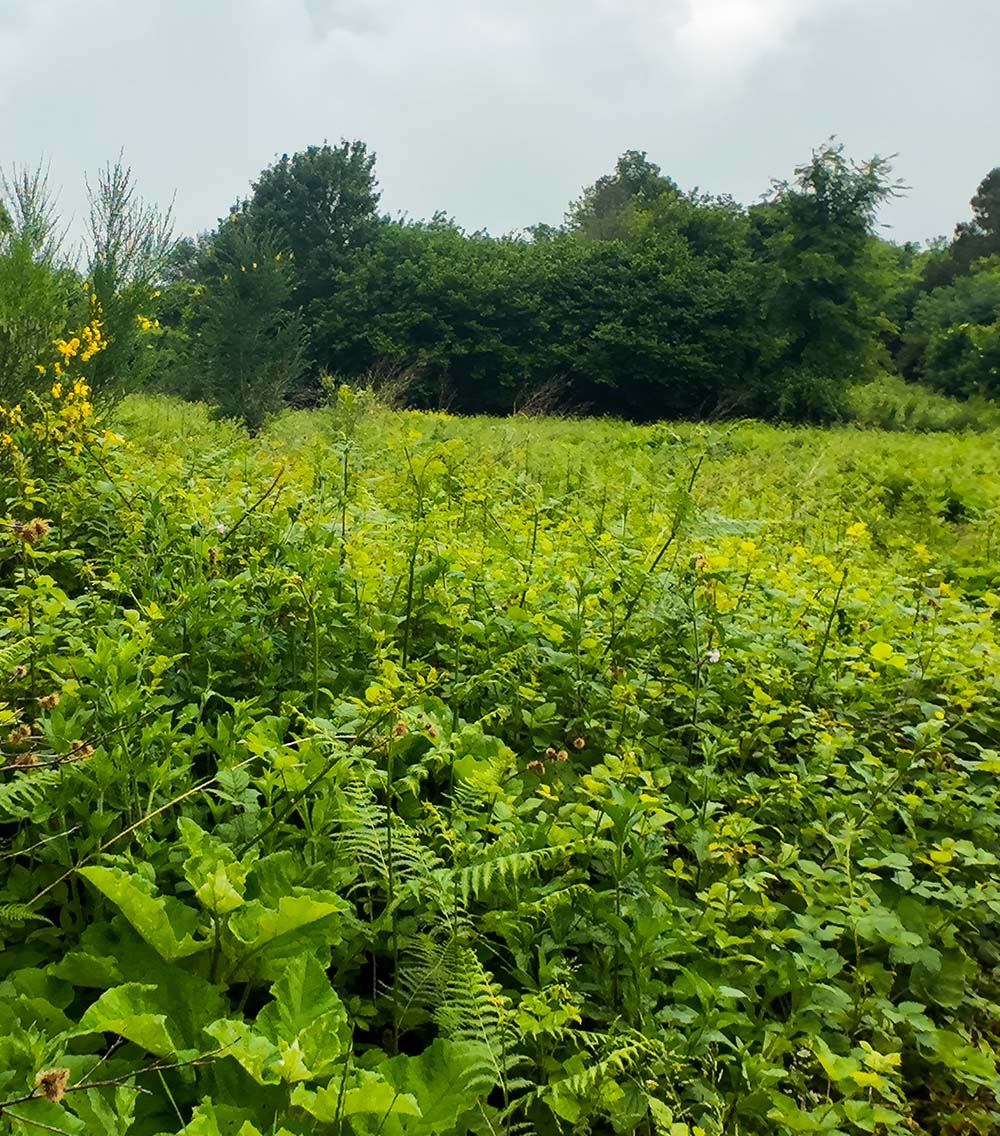
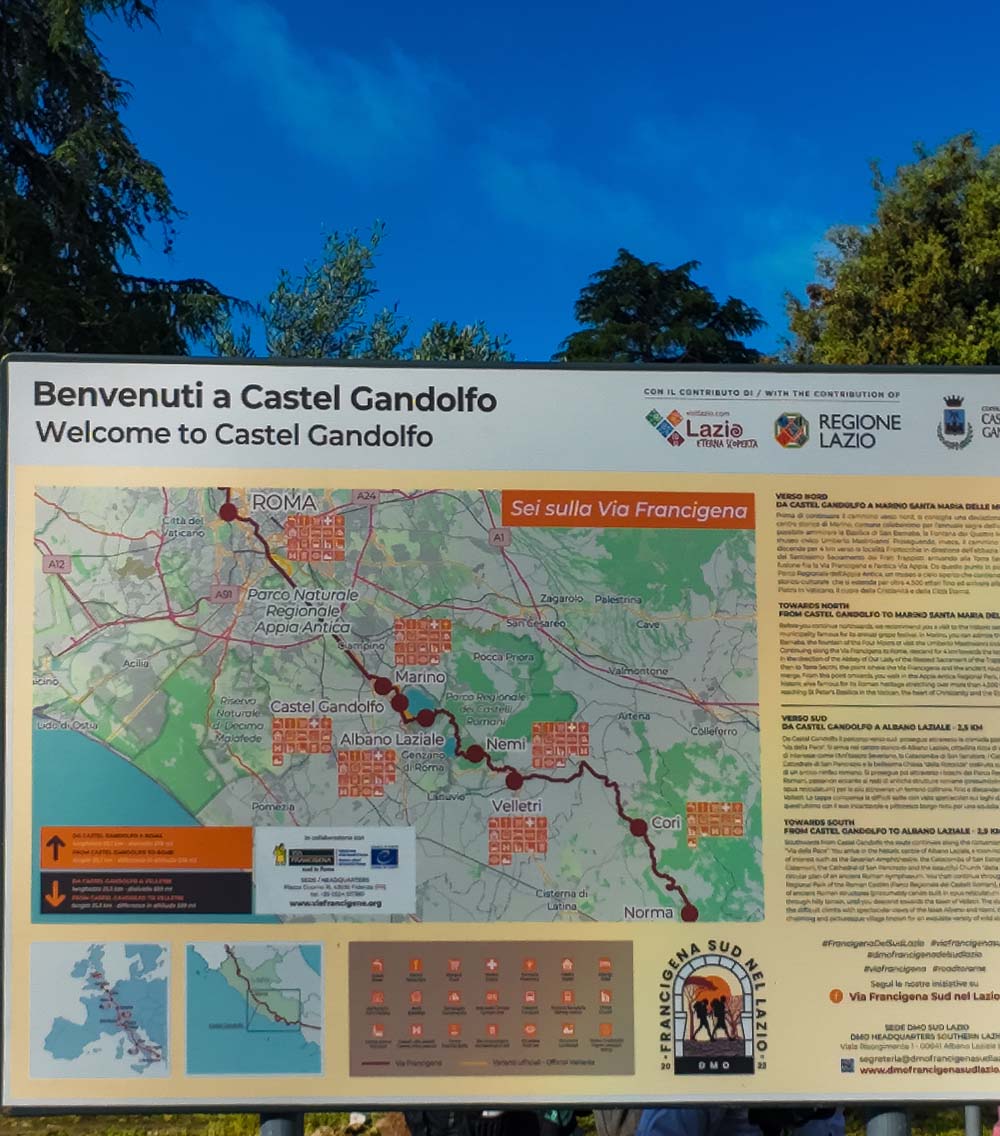
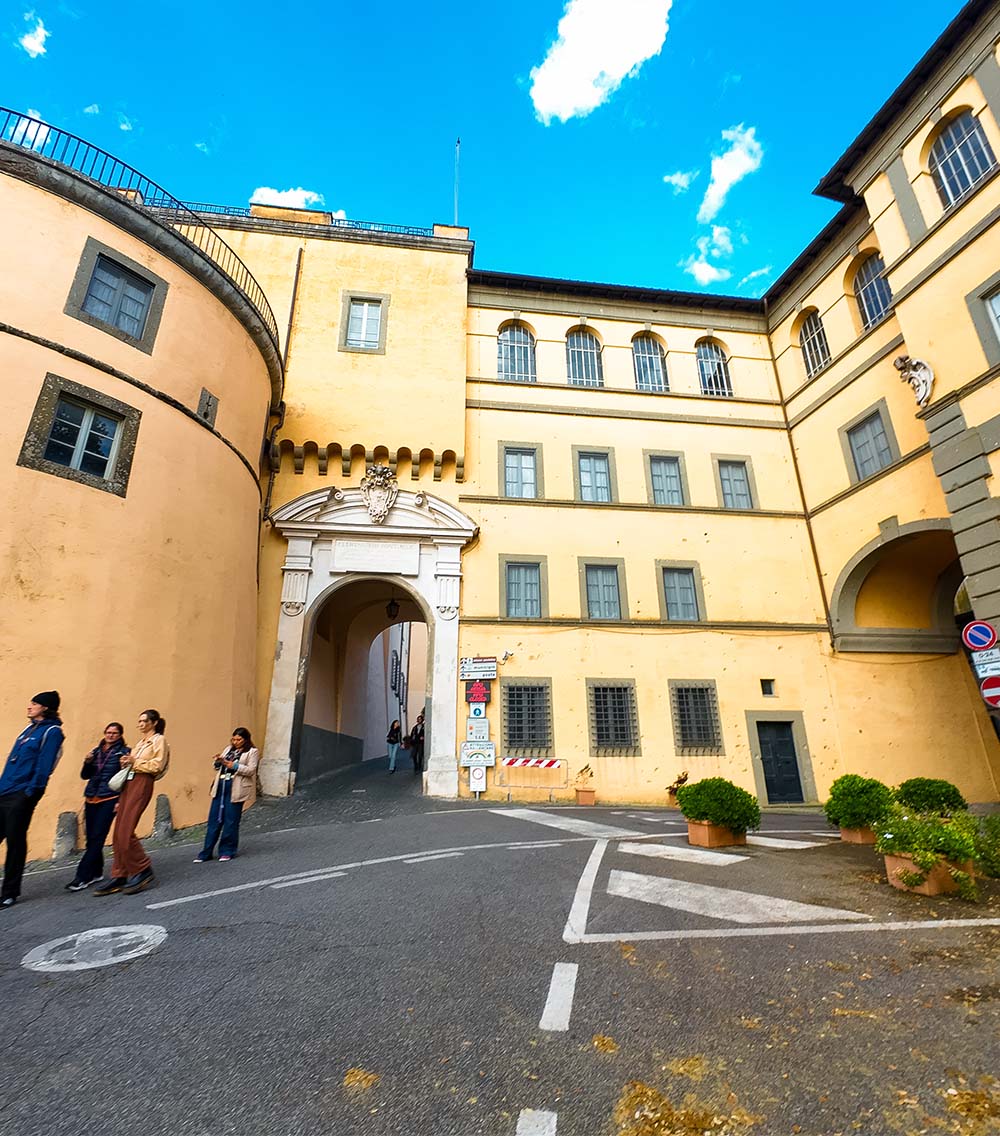
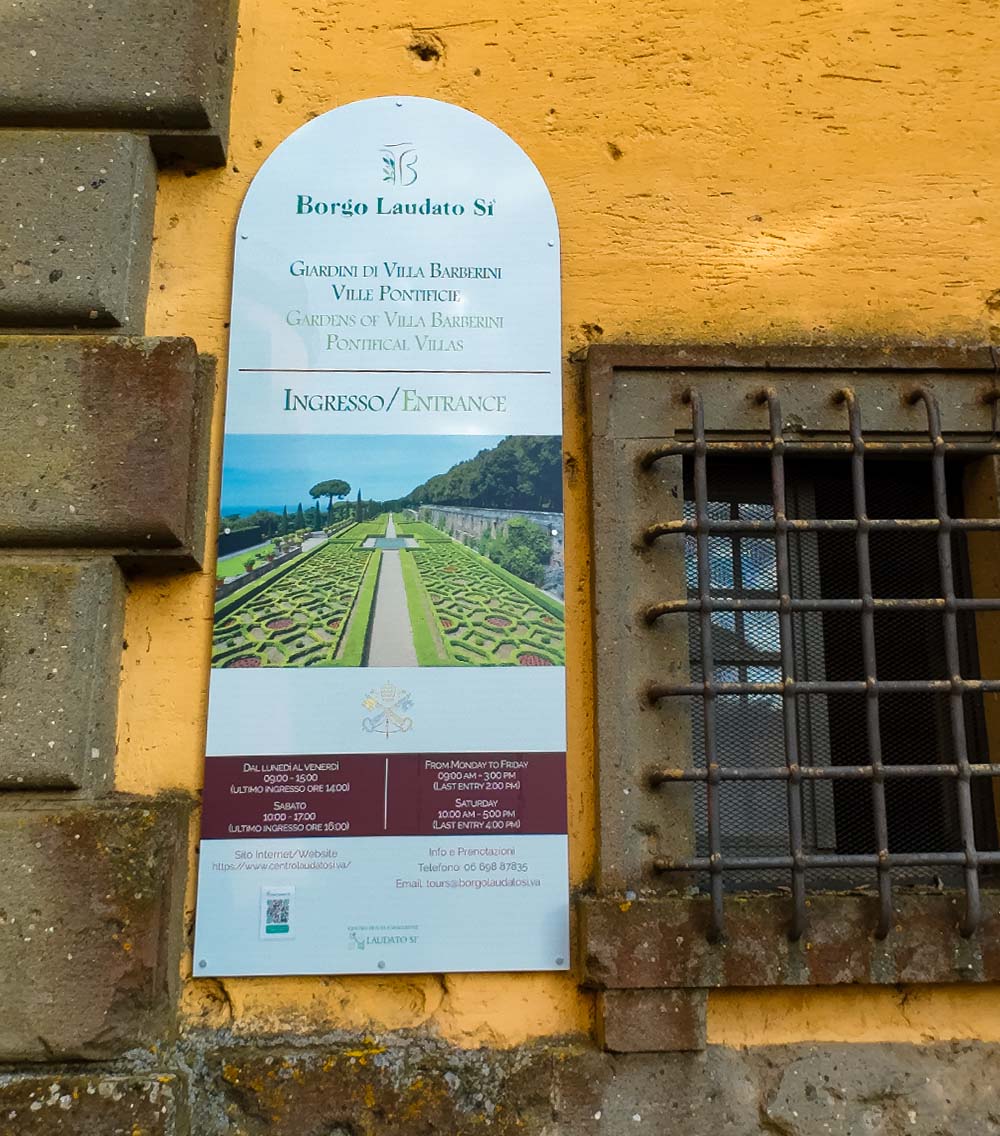
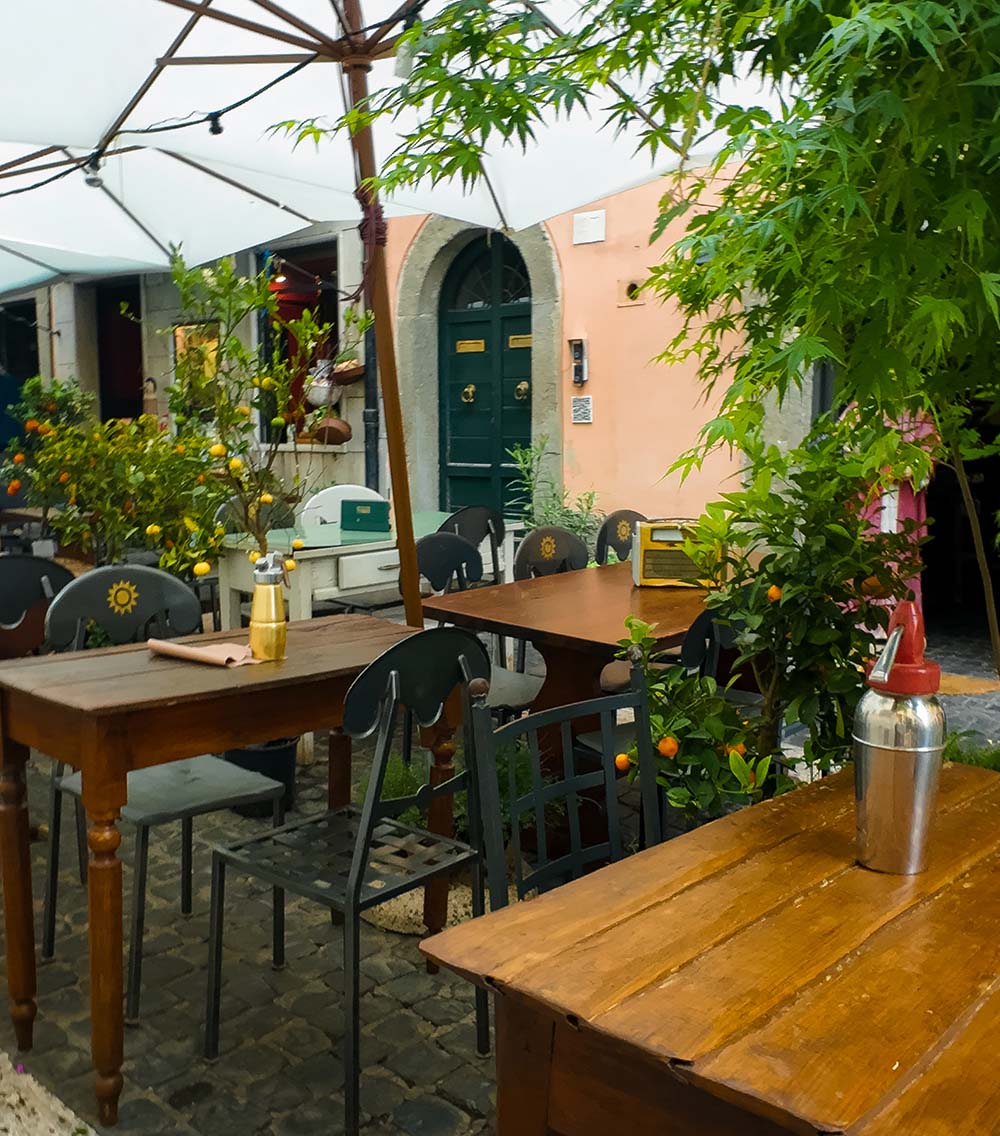
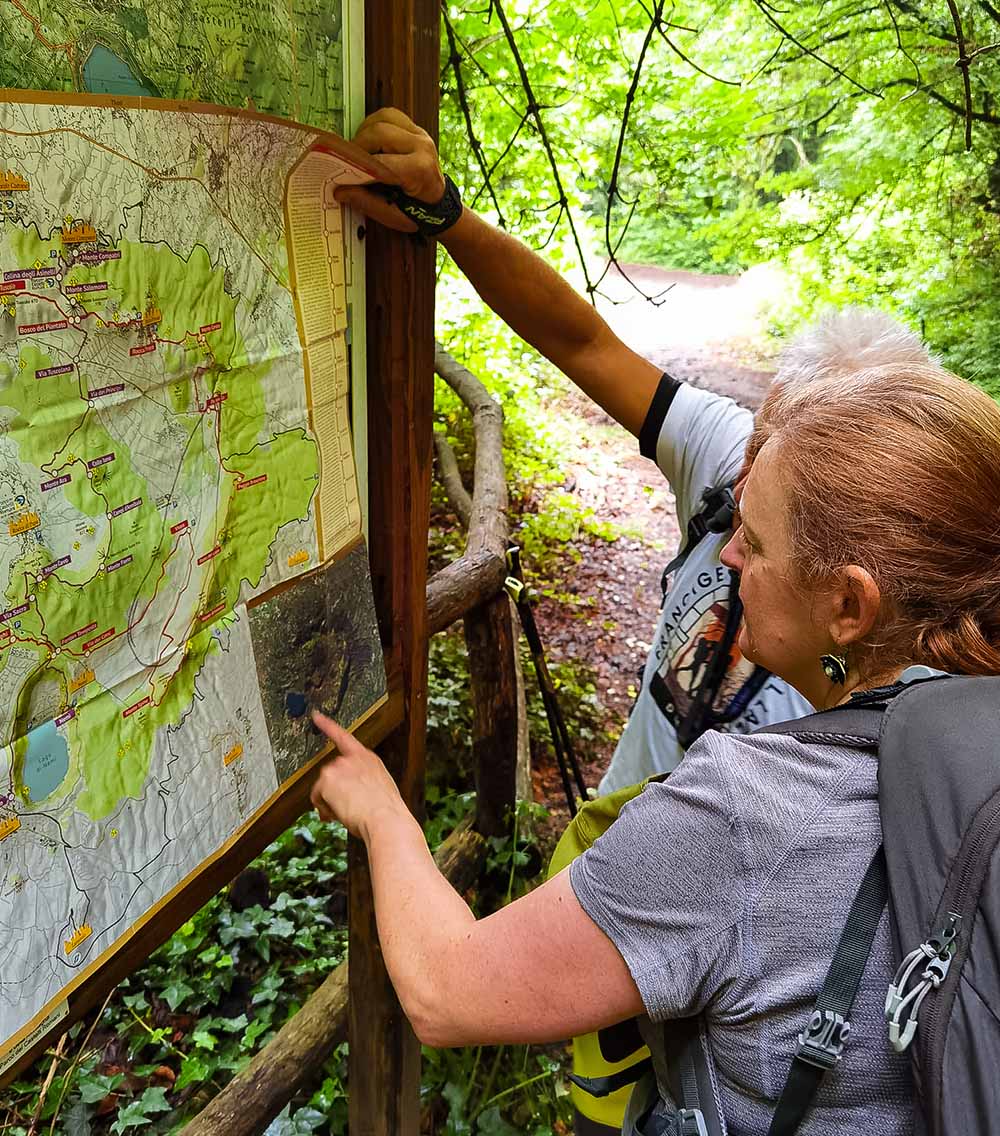
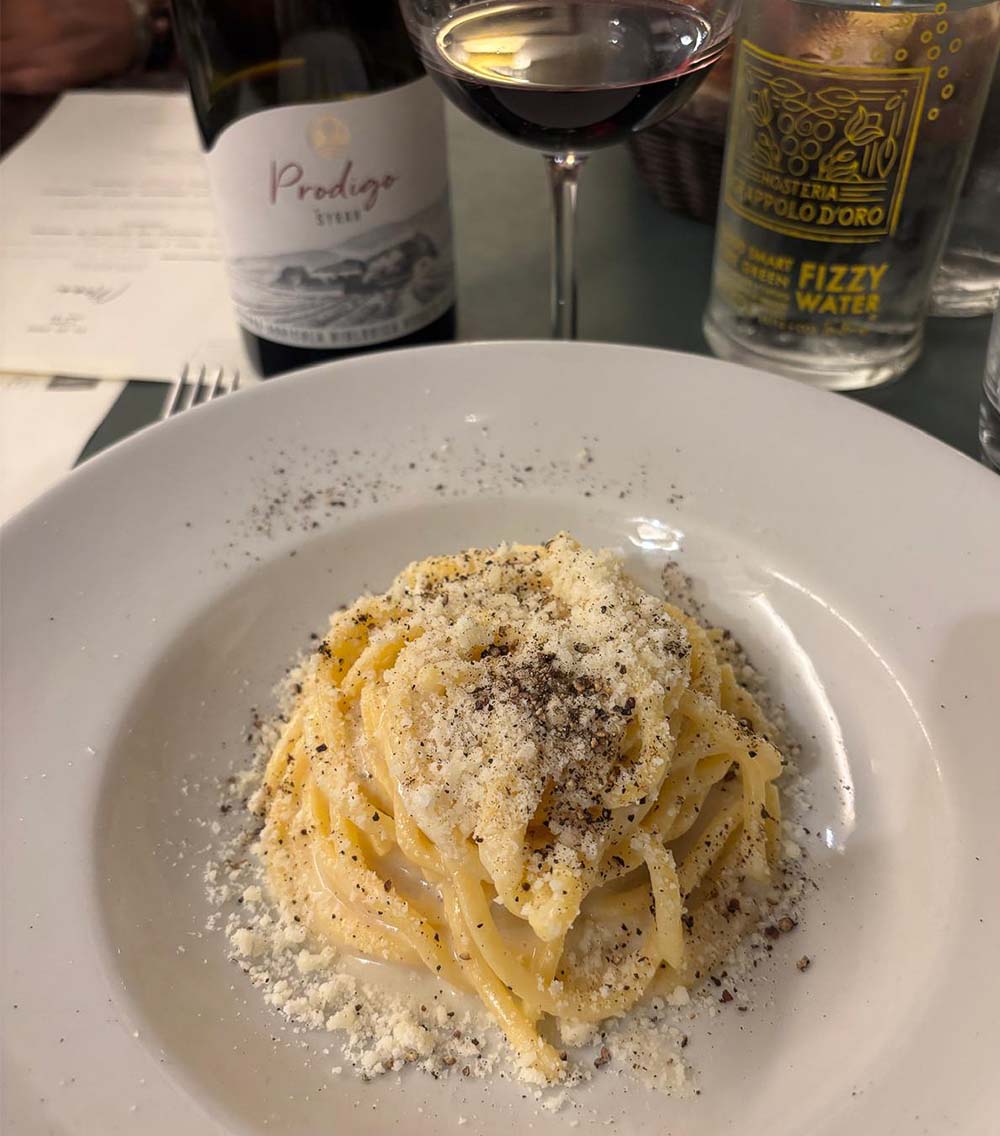
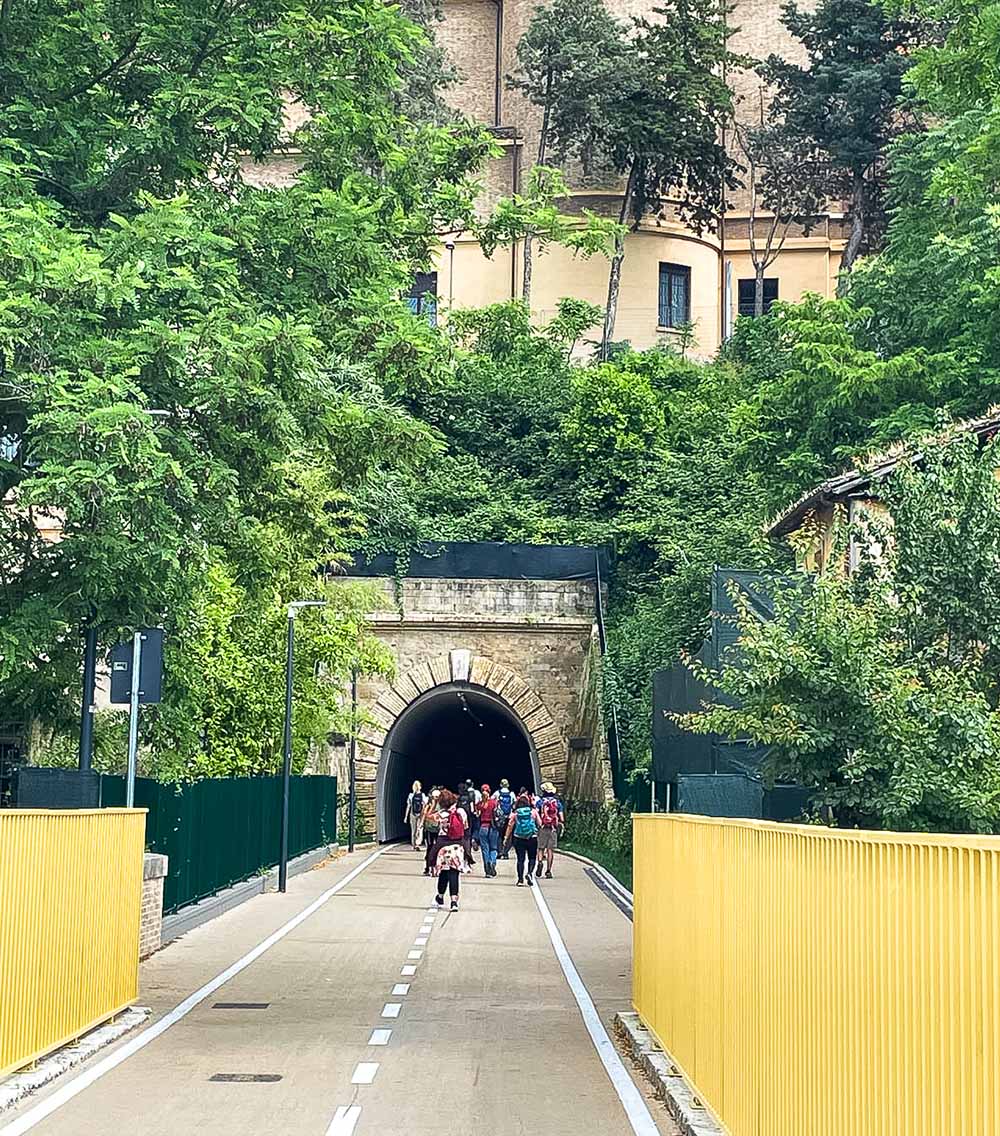

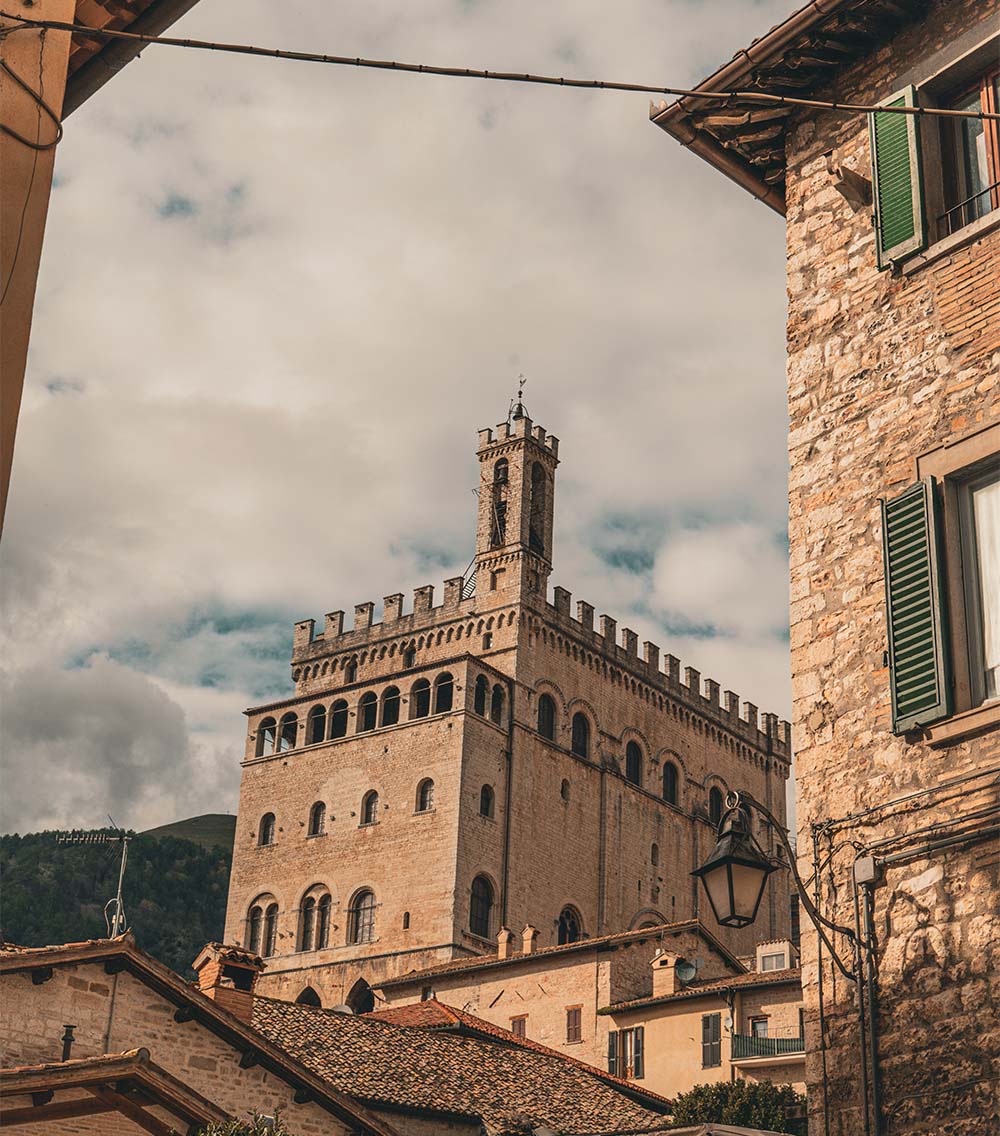
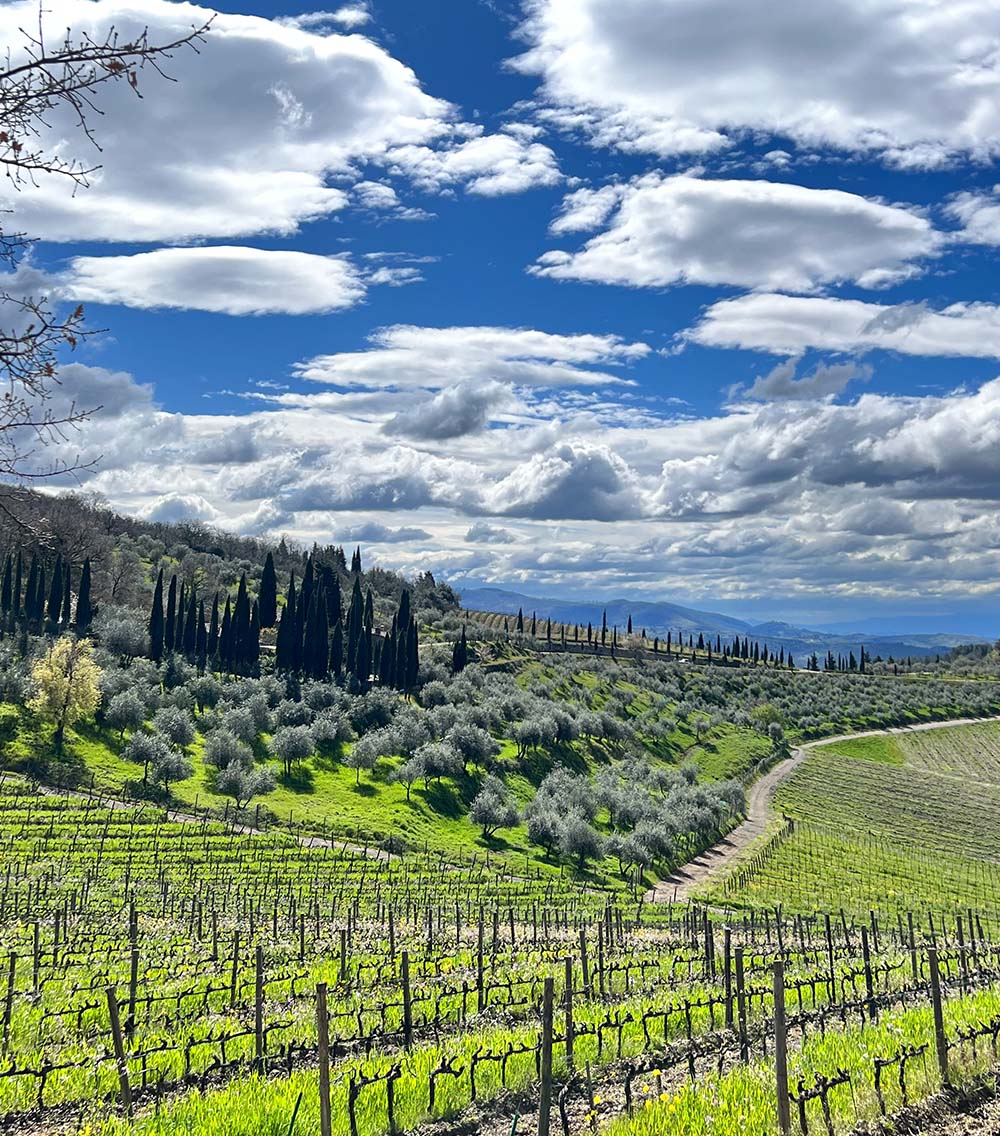
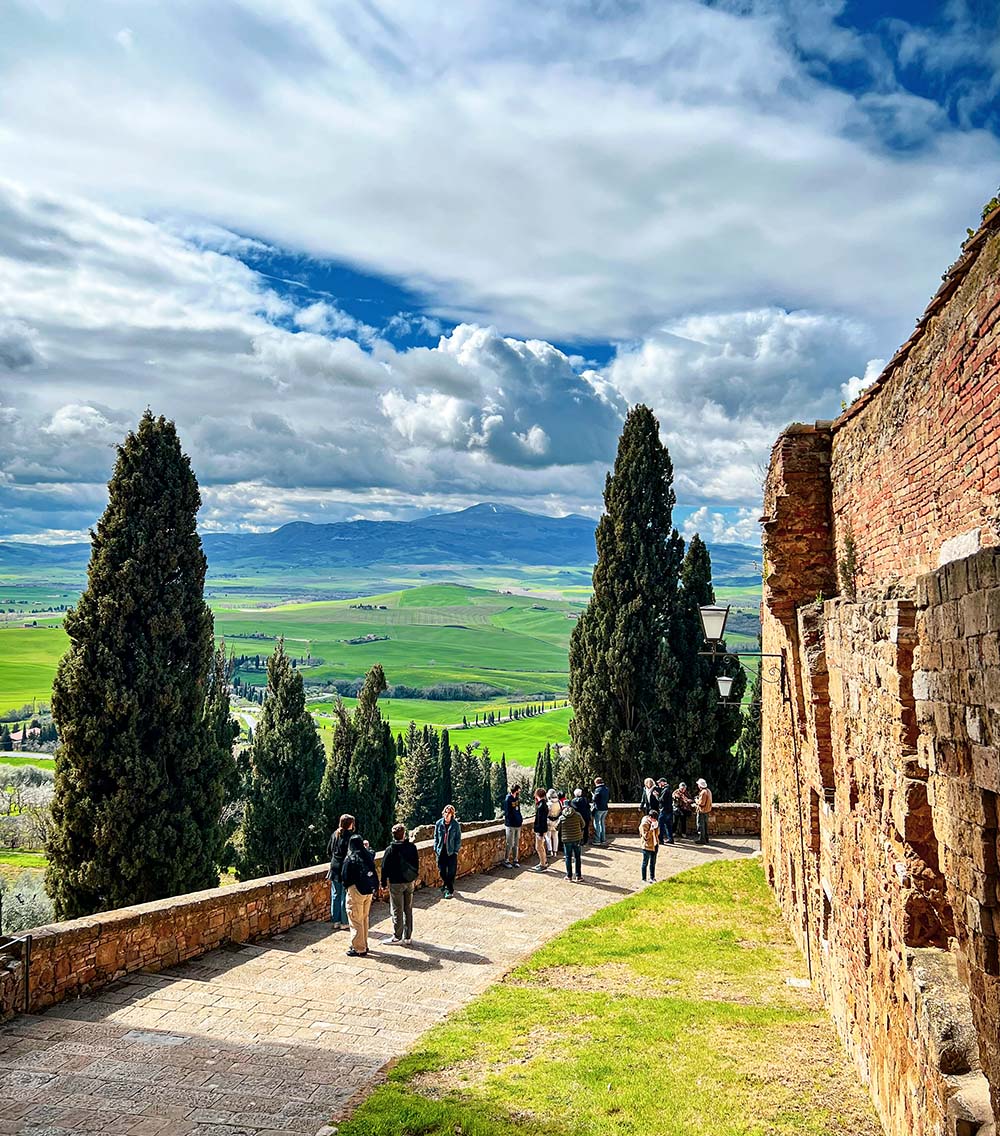
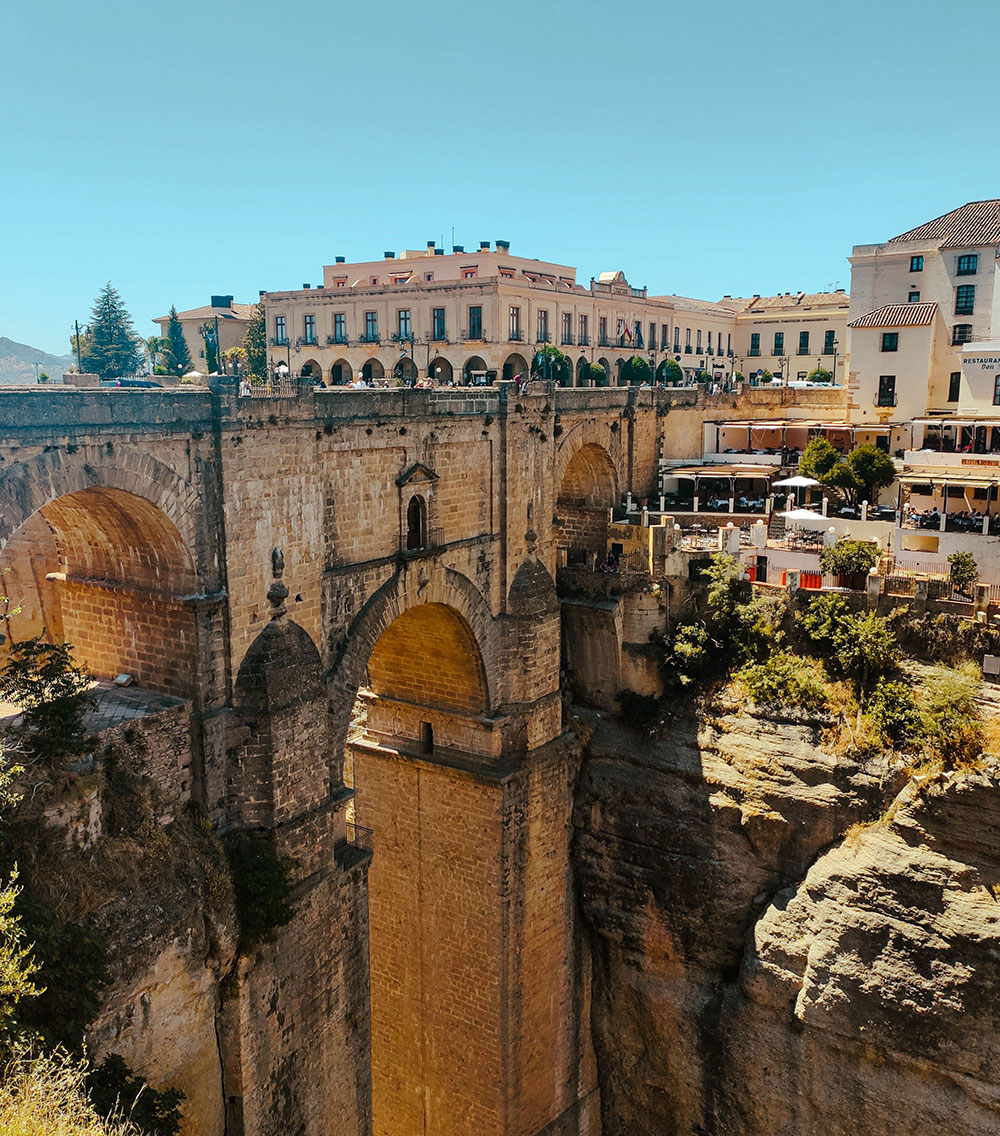
No Comments